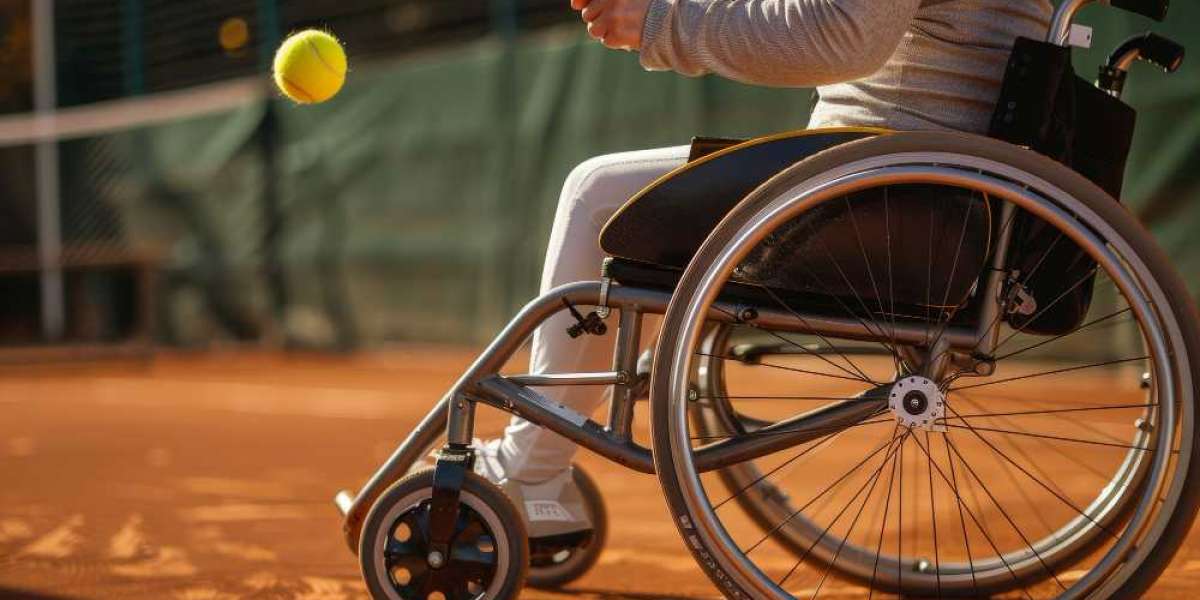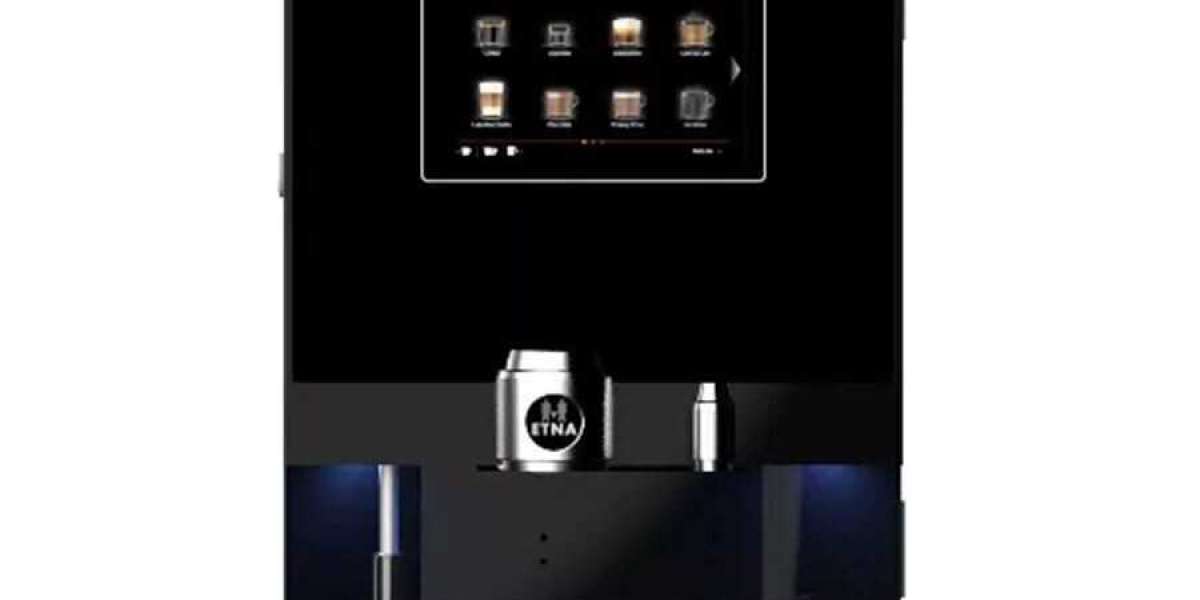Prevalence of Amyotrophic Lateral Sclerosis
ALS affects individuals worldwide, with an estimated prevalence of 4 to 6 cases per 100,000 people. The disease primarily manifests in adults between 40 and 70 years of age, with the ALS age of onset varying between sporadic and familial cases. Due to the fatal nature of ALS, new treatment options are in high demand to improve survival and quality of life.
Most Promising ALS Treatments
Recent breakthroughs have led to the development of promising ALS treatments targeting disease progression and symptom management. Researchers are focusing on innovative therapies, including gene therapy, neuroprotective agents, and stem cell-based treatments. Many of these treatments are currently in clinical trials for ALS, bringing hope to early-stage ALS patients.
Top 10 Most Promising Drugs in the ALS Pipeline
1. Tofersen (Biogen)
A promising antisense oligonucleotide therapy designed to target mutations in the SOD1 gene, which is responsible for a subset of ALS cases.
2. AMX0035 (Amylyx Pharmaceuticals)
A combination therapy of sodium phenylbutyrate and taurursodiol that protects motor neurons from degeneration. This drug has shown potential in slowing disease progression.
3. Verdiperstat (Biohaven Pharmaceuticals)
An oral myeloperoxidase inhibitor aimed at reducing oxidative stress, which is a key factor in ALS-related neurodegeneration.
4. NurOwn (BrainStorm Cell Therapeutics)
A stem cell therapy that enhances neuroprotection by delivering autologous mesenchymal stem cells modified to release neurotrophic factors.
5. Reldesemtiv (Cytokinetics)
A fast skeletal muscle troponin activator that improves muscle function and enhances strength in ALS patients.
6. CNM-Au8 (Clene Nanomedicine)
A gold nanocrystal-based therapy that enhances neuronal energy metabolism, potentially slowing ALS progression.
7. PrimeC (NeuroSense Therapeutics)
A combination therapy targeting multiple ALS pathways, including oxidative stress, inflammation, and impaired RNA metabolism.
8. SLS-005 (Seelos Therapeutics)
A deuterated form of trehalose that promotes protein clearance, potentially reducing toxic protein buildup in neurons.
9. ILB (ImmunoBrain Checkpoint)
An immune checkpoint-based therapy that targets neuroinflammation, a key factor in ALS progression.
10. VM202 ALS (Helixmith)
A gene therapy designed to promote motor neuron survival by delivering HGF (hepatocyte growth factor) to protect nerve cells.
The Future of ALS Treatment
With multiple promising ALS trials underway, the future of ALS treatment looks encouraging. As personalized medicine for ALS advances, emerging FDA-approved drugs for amyotrophic lateral sclerosis could significantly improve patient outcomes. The continued expansion of the ALS pipeline will play a crucial role in shaping the future of care and management of this devastating disease.
Latest Reports:
Babesiosis Market | Biotech Consulting | Bladder Scanners Market | Calcinosis Cutis Market | Chronic Granulomatous Disease Market | Chronic Hemodialysis Market | Chronic Post-amputation Pain Market | Coagulation Analyzers Market | Congenital Diarrheal Disorders Market | Congenital Myasthenic Syndromes Market | Dental Equipment Market | Diamond Blackfan Anemia Market | Drug Eruptions Market | Ependymoma Market | Facial Lines Market | Healthcare Consulting | Healthcare Consulting Services | Healthcare Consulting Solutions | Heart Sounds Sensors Market | Hereditary Spastic Paraplegias Market | Hypercoagulability Market | Tuberculous Meningitis Market | Tumor Ablation Market







